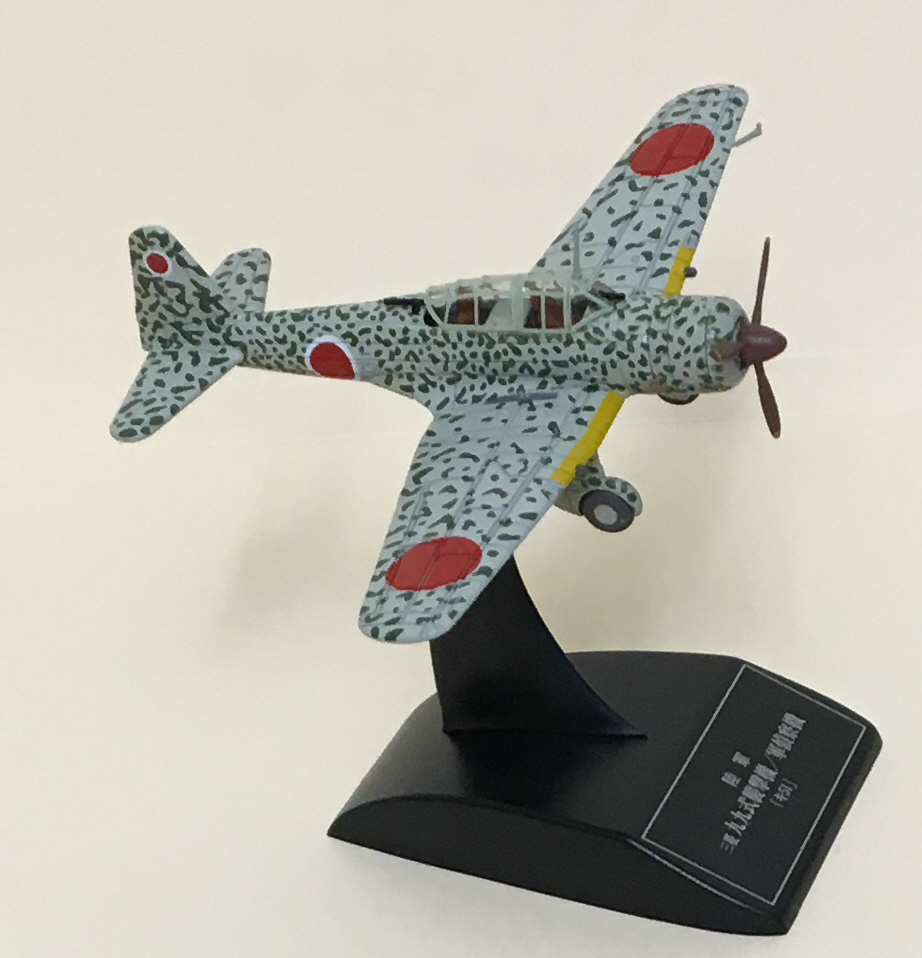FACTOIDS & TRIVIA
The Mitsubishi Ki-51 (allied
code name "Sonia") was the last of the single engine light bombers
developed by Japan and used in World War II. It was developed for
the
Imperial Japanese Army to replace the
the Ki-30. It followed the same design formula -
monoplane, fixed landing gear, and top speed of 263 mph. In essence, the Ki-51 is a smaller version of the Ki-30. It was
no faster than its predecessor and its bomb payload and range was no
greater, either. The main advantages of the Ki-51 was its
maneuverability and ruggedness (by Japanese standards). It was used effectively as a
ground attack aircraft, light bomber and dive bomber. It even
served as a photo reconnaissance aircraft. It could operate from rough
airfields and was mainly deployed in the Burma-India-China
theater from 1940-45 where it encountered less
fighter resistance. Early models had two wing-mount, 30-caliber machine
guns, but these were replaced with a pair of 50-caliber guns to
increase firepower for the ground attack role. As the war came
to a close, many Ki-51s were used for kamikaze missions. Mitsubishi
produced 1,462 Ki-51s and 913 were produced by Tachikawa. Here's a 30-second clip of me flying a Ki-54 in Combat Flight Simulator 2.
MITSUBISHI
Ki-51 Type 99 "Sonia"

Class: Light Bomber
Crew: 2
Engine: Mitsubishi Ha-26-II
14-cylinder, twin row radial (950 hp)
Max Speed: 263 mph at 9,840 ft
Climb Rate: 1,640 ft/min
Service Ceiling: 27,133 ft
Range:
660 miles
Armament: 1 x .303 inch machine gun
(flexible mount rear-firing)
2 x .303 inch machine gun
(wing mount - early versions)
2 x .50 inch
machine gun
(wing mount - late versions)
440
lb
bombload
Model Scale:
1:100
Back
to the Japanese
Combat Aircraft of WWII
Menu

